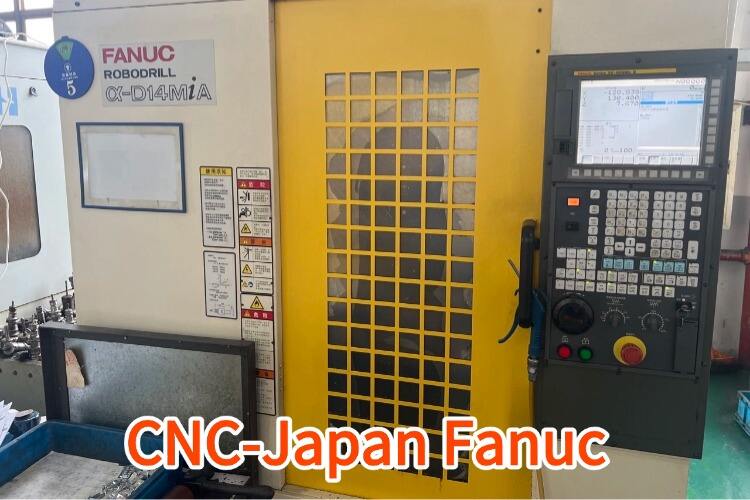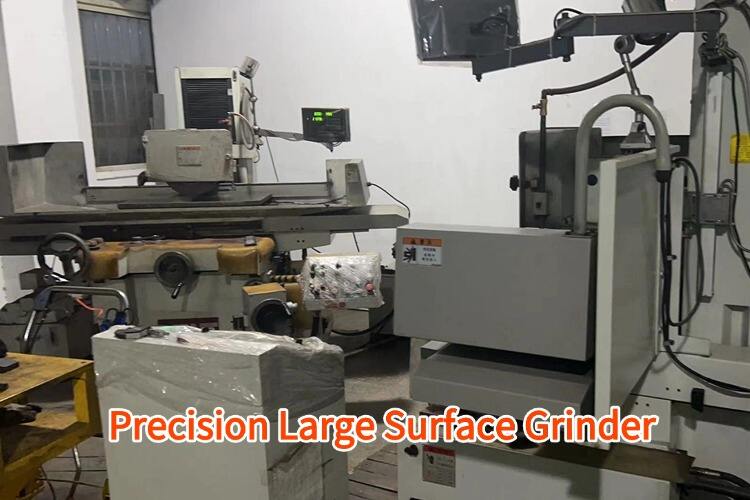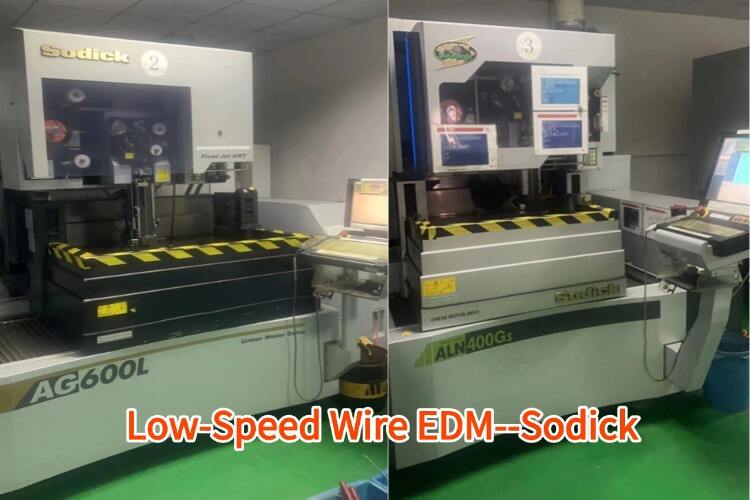cnc vs manual machining
CNC machining and manual machining represent two distinct approaches to manufacturing parts and components. CNC machining relies on computer-controlled automation, where programmed instructions guide cutting tools to create precise parts with minimal human intervention. The system uses CAD/CAM software to translate designs into machine instructions, enabling complex geometries and consistent production. Manual machining, conversely, depends on skilled machinists operating traditional equipment like lathes, mills, and drill presses by hand. These craftsmen rely on their expertise, experience, and physical skill to manipulate tools and create parts. While CNC machines excel in producing identical parts rapidly and handling complex designs, manual machining offers flexibility for one-off projects and quick modifications. CNC systems typically feature advanced cutting tools, multiple axes of movement, and integrated cooling systems, while manual machines are simpler in design but require greater operator skill. Both methods find applications across industries, with CNC dominating high-volume production and precision requirements, while manual machining remains valuable for prototyping, repairs, and custom work. The choice between these methods often depends on factors like production volume, complexity, tolerance requirements, and cost considerations.


